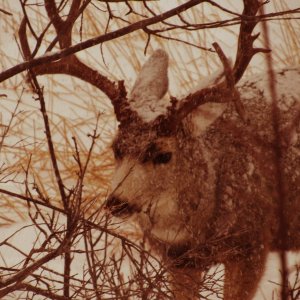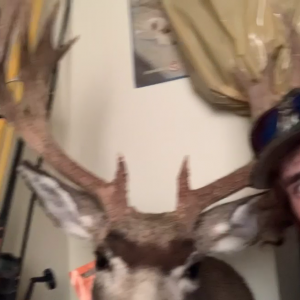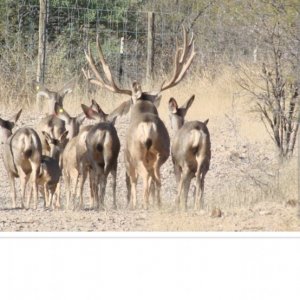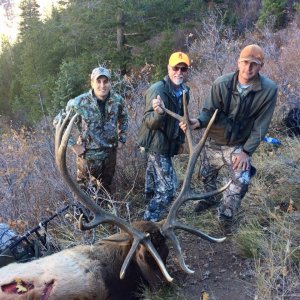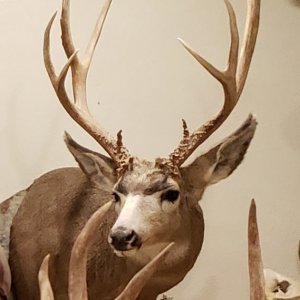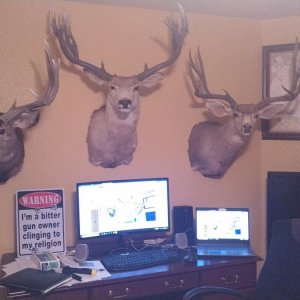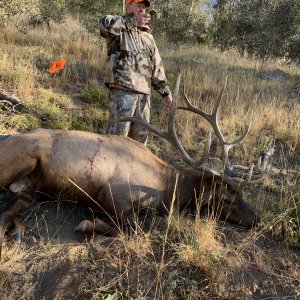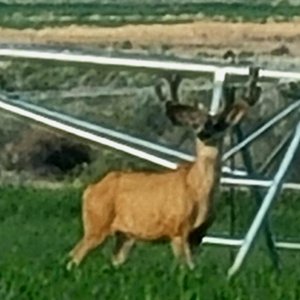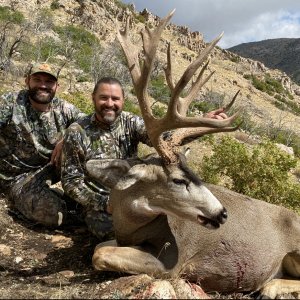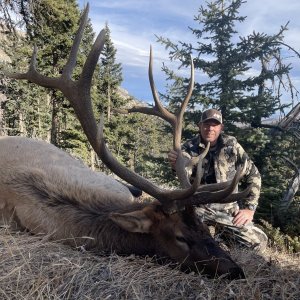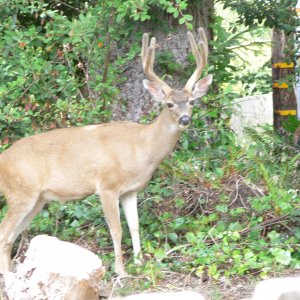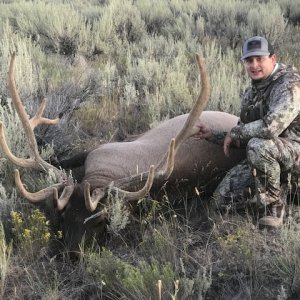LAST EDITED ON Mar-30-07 AT 04:40PM (MST)[p]Here is an article from the az game and fish hunting highlights that they put out on how the draw works. If you go to their website type in how the draw works in the search box its the first things that comes up.
http://www.azgfd.gov/h_f/highlights/highlights_0606.html
here is the portion from the news letter.
How the draw works
Within weeks after deadline day, the draw is run by computer. There are actually three separate passes made during a drawing. The first is for hunters with maximum bonus points, the second is the ?regular pass? for first and second choices, and the third is for third, fourth and fifth choices. Each application is randomly assigned a number. You also receive an additional random number for each of your bonus points for that particular genus (bonus points for group applications are averaged). The lowest of all your random numbers is the one assigned to your application for that genus for the draw. The lower your random number, the better your chances are of getting the hunt you want.
For the first pass, the computer sets aside 20 percent of the available permits for each genus for applicants with maximum bonus points. It groups the applications by the number of bonus points they have (for example, all applications with 17 bonus points go into one group, those with 16 go in the next, etc.), and then sorts them by random number within the bonus point groupings.
As each application is read within each bonus point grouping, the first and then second hunt choices are checked to see if there are any permits available for those hunts as part of the 20 percent bonus point allotment. If there are enough permits available for each applicant on the application without exceeding the 20 percent allotment (and without exceeding the 10 percent nonresident cap), the permits are issued to the applicants. If not, the next application is read and the first and second hunt choices are checked again. This continues until the entire application file has been read or all tags have been issued, whichever comes first. Any unissued permits from this first pass will be returned to the available permits for each hunt. The draw then moves to the second pass.
In the second pass, all applications, including those unsuccessful in the bonus point pass, are assigned new random numbers and sorted in random number sequence within genus. The first application--the one with the lowest random number--is read, checking the first and then second hunt choices for available permits. If there are enough permits available for either of the choices for each applicant on the application, without exceeding the 10 percent nonresident cap, the permits are issued. The application with the next lowest random number is then checked for available permits, and this continues until the entire file is read.
In the third pass, all applications unsuccessful for their first and second choices are assigned new random numbers. They are once again sorted by random number within genus, and each application is then read, checking the third, fourth and fifth hunt choices for available permits for all applicants on each application. When permits are available for each one of the three choices without exceeding the 10 percent nonresident cap, they are issued to the applicants.
After the entire draw is completed, applicants who submitted valid applications are awarded an additional bonus point for each genus for which they were unsuccessful. The bonus points for each successful applicant are zeroed out for the genus for which they were issued a permit (with the exception of the permanent hunter education or loyalty bonus points, which remain intact).

